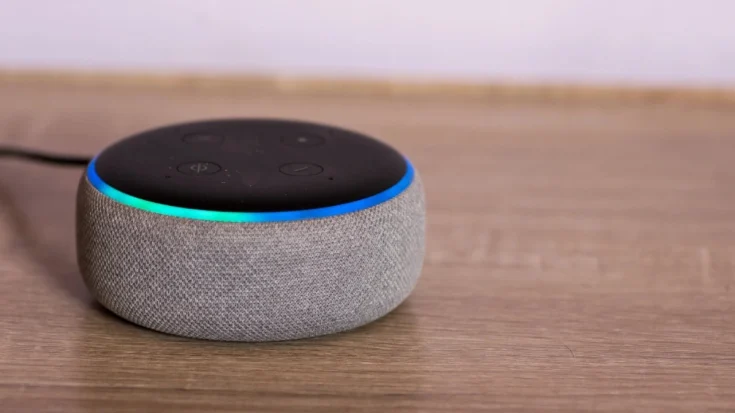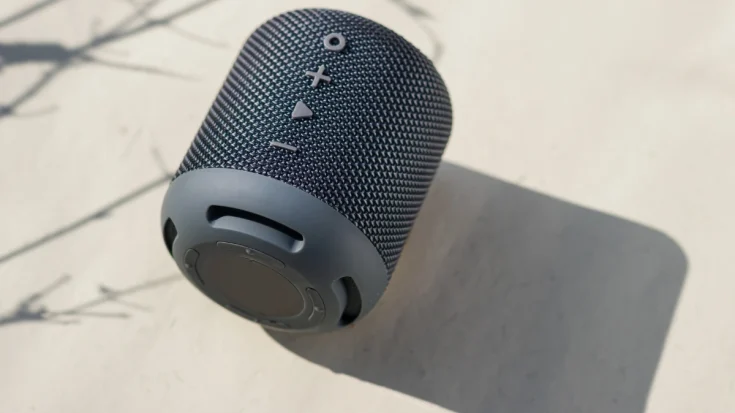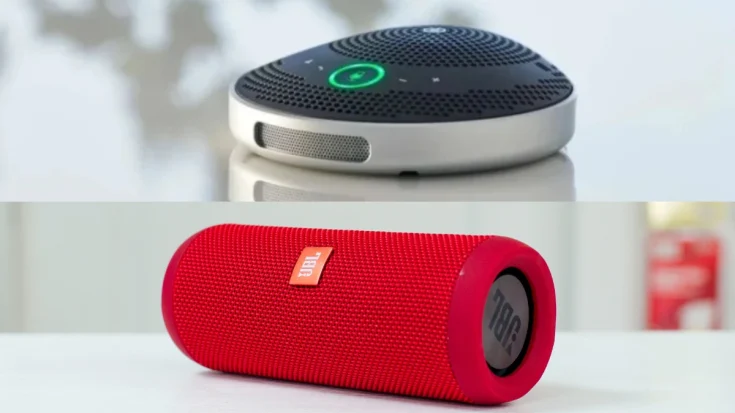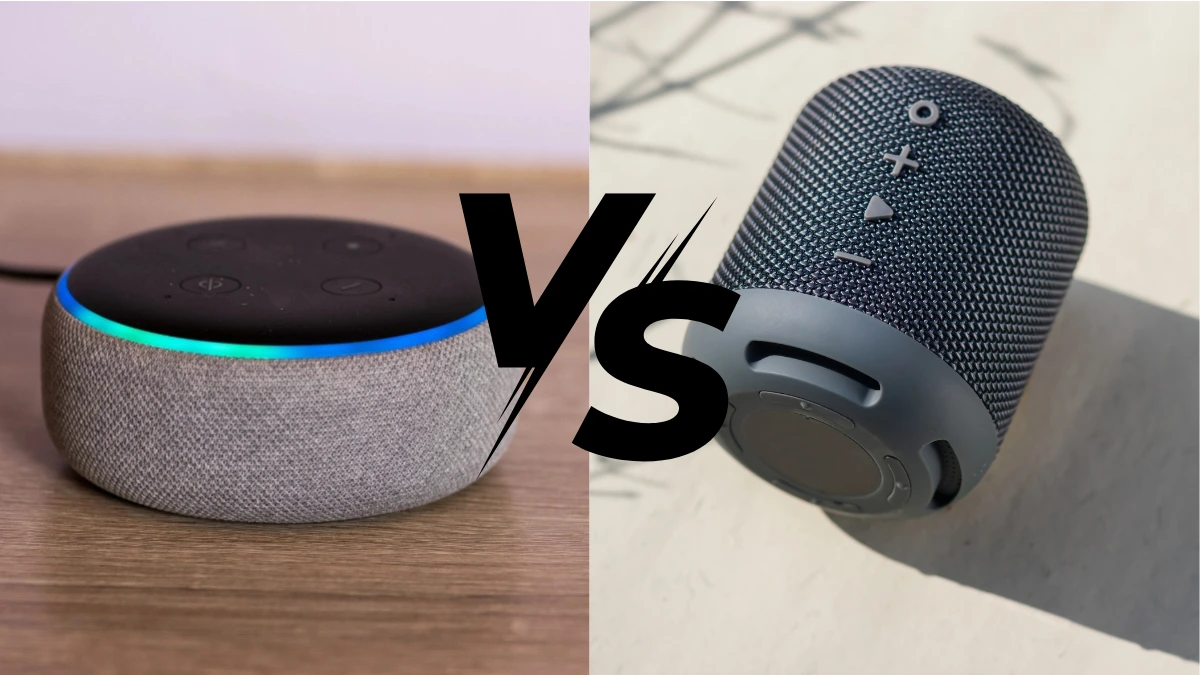The speakerphone and speaker are the keys to support high mobility in communication and audio interest. Although both maximize the capacity of the audio, speakerphones vs speakers have some significant differences.
The differences between speakerphones vs speakers cover several aspects such as main functions, how they work, usage requirements, and the components.
This article will delve into the important differences between speakerphones vs speakers to provide a clear understanding of when to utilize each technology.
Also Read
Table of Contents
What is a Speakerphone?

The speakerphone is different from ordinary speakers that only play sound, this device allows two-way conversations with hands-free mode by combining microphone and speaker functions.
By using a speakerphone users can make and receive phone calls without having to hold a cell phone or main device. So users can communicate while doing other activities, such as driving, meetings, or when they want to talk collectively in one room.
What is a Speaker?

As explained earlier, speakers are not like speakerphones that can have two-way communication. They are completely one-way, which means they only emit sound. They work by converting electrical signals into sound.
Speakers come in different shapes, sizes, and usage needs. They can be used to listen to audio content from a variety of sources such as cell phones, computers, televisions, or other media players. Their uses are also wide, from personal use to professional needs.
The Differences of Speakerphones vs Speakers

True speakerphone and speaker are audio technologies that allow the transmission of sound directly to the device. The main difference between both devices is in the main function. Here are some of the key differences between speakerphones vs speakers:
1. Main function
Speakerphone: It has two functions the first is for listening to audio content and the second is for two-way communication, such as making voice calls, conferences, or online meetings.
Speaker: Only has one function to listen to audio content from electronic devices such as cell phones, laptops, televisions, or other media players.
2. How they work
Speakerphone: Able to receive and send sound at the same time. The interlocutor’s voice is generated by the speaker, while the user’s voice is captured by the microphone.
Speaker: Takes an electrical signal from the device source and converts it into audio.
3. Usage requirements
Speakerphone: Used for mobility-enabled communication such as making phone calls while doing sports or conferencing with teammates.
Speaker: Used for general, entertainment, or professional audio needs.
4. Components
Speakerphone: Consists of two components that are a speaker to emit sound and a microphone to capture sound.
Speaker: Consists of only one component to emit sound.
Here are the differences in a nutshell:
| Aspect | Speakerphone | Speaker |
| Function | Having two functions: Listening to audio and making two ways of communication | Only for listening to audio |
| How they work | Receiving and send audio at the same time | Convert signal into audio |
| Usage requirements | Mobility communication | Entertainment and professional audio |
| Components | Speaker and microphone | Only speaker |
That’s the difference between speakerphones vs speakers that you need to know. If you need mobility communication and listening to audio content, speakerphones is a better choice. However, if you need just listening to audio content, speakers is more suitable.


















